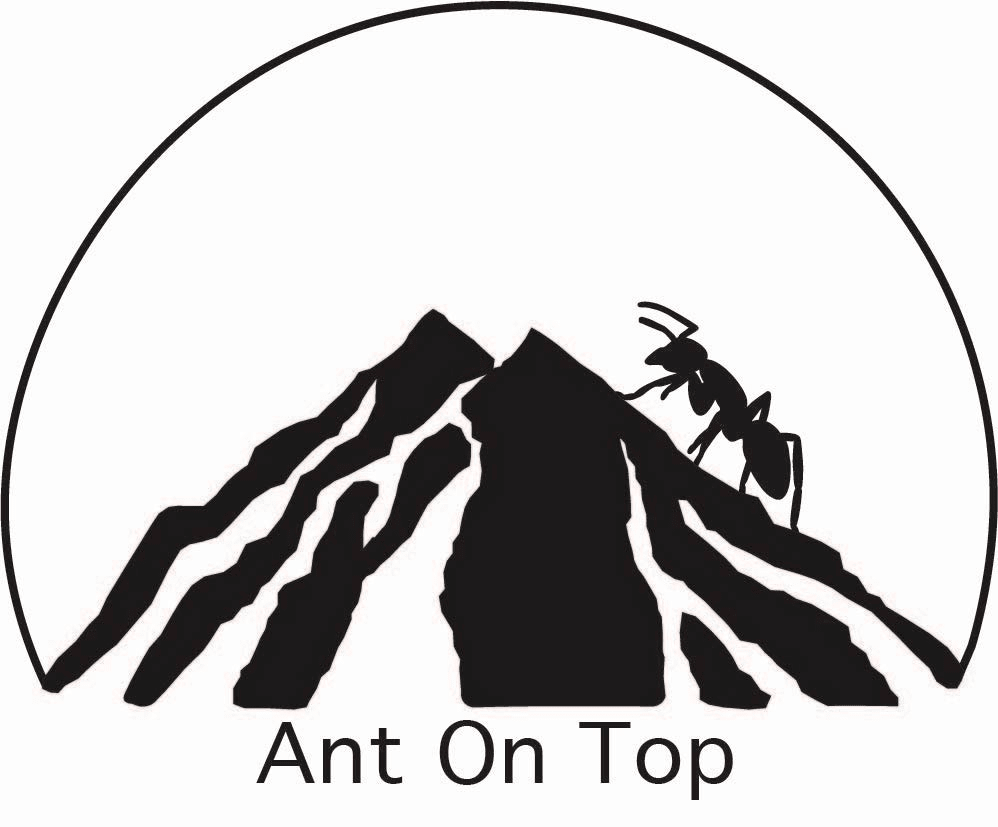The **Camponotus sansabeanus** is a fascinating and dynamic species of ant belonging to the diverse genus of carpenter ants. Known for their intricate social structure and impressive adaptability, these ants are an excellent choice for both amateur and professional myrmecologists. This description will explore the characteristics, habitat, nutrition, behavior, and care tips for those looking to keep or study the **Camponotus sansabeanus**.
Charakterystyka kolonii
The **Camponotus sansabeanus** ant exhibits a monogynous colony structure, meaning that each colony revolves around a single queen. This specific social arrangement enhances the colony’s organization, making it easier to manage their environment and resources. The colony can grow quite large, with populations reaching up to 10,000 individuals. Such a size provides a robust community that can efficiently gather food, defend against predators, and care for offspring.
Dynamika kolonii
- **Colony Type**: Monogyny
- **Colony Size**: Up to 10,000 individuals
- **Development Speed**: Fast
This rapid development speed is particularly advantageous for the **Camponotus sansabeanus**, enabling the colony to thrive in diverse environments and respond effectively to external challenges.
Cechy fizyczne
Understanding the physical characteristics of the **Camponotus sansabeanus** can enhance the experience of keeping or studying these ants. The size of individuals varies significantly among the roles within the colony:
- Królowa: 16-19 mm
- Pracownicy: 6–12 mm
- Kierunki: 13-17 mm
The striking colors of the **Camponotus sansabeanus** add to their allure. The head and thorax are typically a sleek black, while their gaster boasts a beautiful orange-brown hue. This coloration makes them visually appealing and plays roles in communication and species recognition.
Preferencje siedliskowe
In the wild, the **Camponotus sansabeanus** usually builds nests within various substrates. Each substrate offers different advantages, such as insulation, moisture retention, and protection from predators. For optimal breeding results, consider using one of the following materials for their nests:
- Akryl
- Korek
- Gips
- Beton komórkowy
Proper humidity and temperature control are also critical for maintaining a healthy environment for the **Camponotus sansabeanus**. Here are the recommended conditions:
Humidity Levels
- Gniazdo: 50-60%
- Arena: 30-50%
Temperature Requirements
- Gniazdo: 22-24°C
- Arena: 26-30°C
These environmental conditions support the anthill’s everyday functions, including foraging, brood care, and nest maintenance.
Potrzeby żywieniowe
The diet of the **Camponotus sansabeanus** consists of a range of food sources that supply the necessary nutrients for the colony’s growth and health. A proper diet ensures the well-being of the workers and queen while enhancing overall colony productivity. Consider the following dietary components:
- Insect Foods: Cockroaches, crickets
- Syrop: A mixture of water with honey in various ratios (4:1, 3:1, 2:1)
- Owoce i warzywa: Fresh and cut into small pieces
- Galareta
- Gotowany kurczak: Ensure it is without salt or spices
A well-balanced diet supports the health of individual ants and contributes to faster colony growth and increased reproductive success.
Zachowanie i temperament
The **Camponotus sansabeanus** is particularly known for its aggressive and defensive behavior, taking pride in protecting its territory and resources. If threatened, these ants will readily defend their colony, including elaborate communication tactics among colony members to prepare for potential intruders.
Due to their defensive nature, it is essential for enthusiasts and researchers to approach colonies with caution. Understanding their behavior is crucial for minimizing disturbances and optimizing your observational experience.
Wniosek
In summary, the **Camponotus sansabeanus** is a captivating species of ant that provides exceptional opportunities for study and observation. With their rapid colony growth, unique social structure, and striking physical characteristics, they are sure to fascinate anyone interested in entomology. By managing their environment and nutrition effectively, one can create a thriving habitat for these remarkable ants.
Whether you are a hobbyist looking to culture your own colony or a professional seeking to study their behaviors in-depth, the **Camponotus sansabeanus** is an exemplary species offering rich insights into the world of social insects. Explore more fascinating ant species by visiting our strona kategorii mrówek.















Opinie
Na razie nie ma opinii o produkcie.